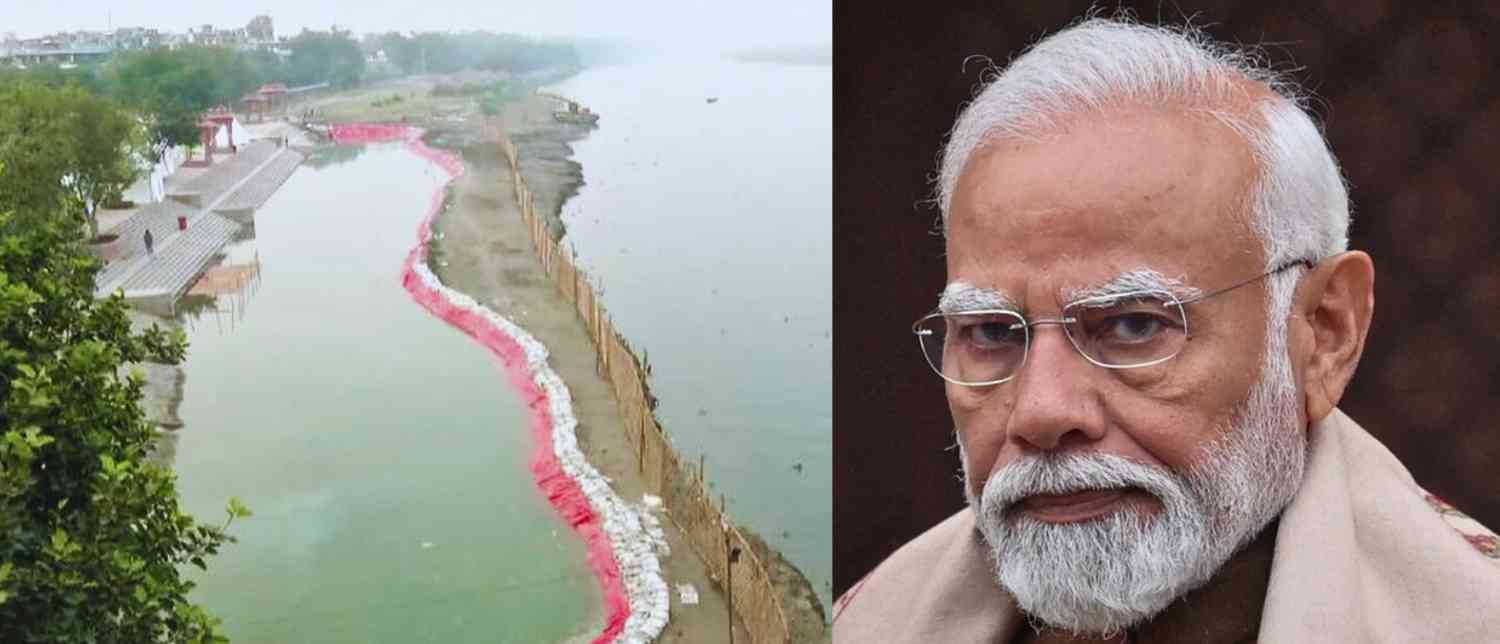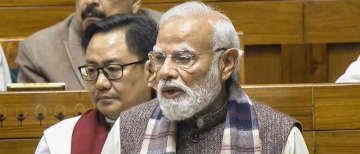As the Chhath Puja festival approaches, a political controversy has emerged in Delhi involving the Aam Aadmi Party (AAP) and the Bharatiya Janata Party (BJP) over the cleanliness of the Yamuna river and arrangements at Vasudev Ghat where Prime Minister Narendra Modi is expected to take a dip.
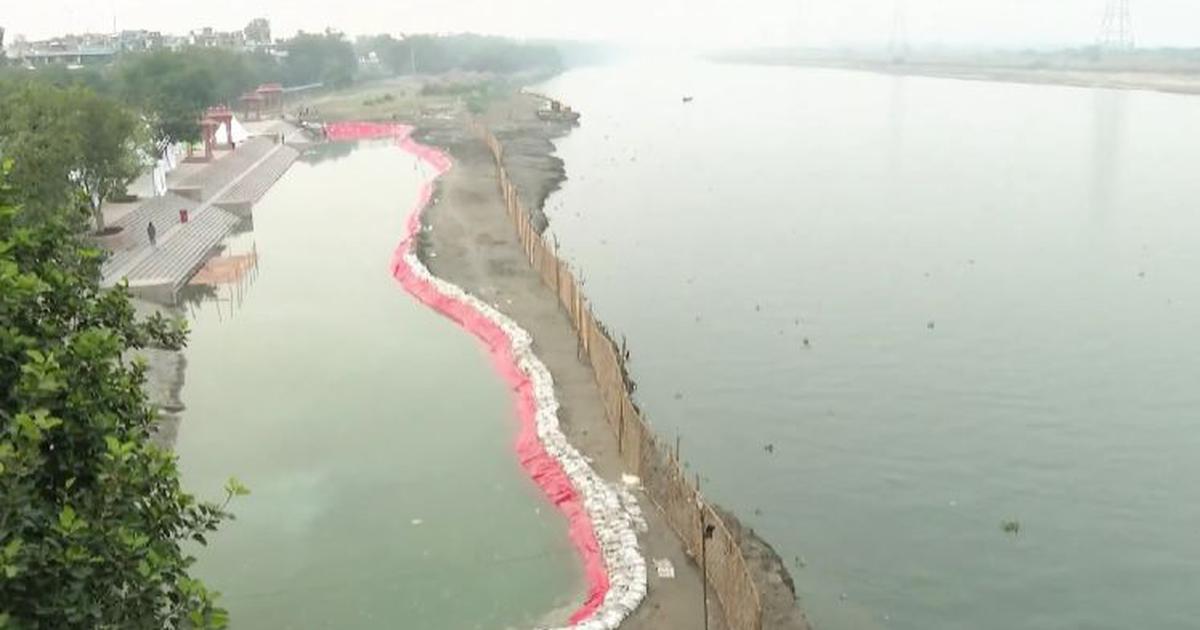
The AAP has accused the BJP-led Delhi government of creating an “artificial Yamuna” by filling a section of the riverbank with filtered, treated water from Delhi’s Wazirabad Water Treatment Plant for the Prime Minister’s ritual. According to AAP leader and Delhi unit president Saurabh Bhardwaj, this is a political stunt meant to showcase a fake image of a clean Yamuna to voters, especially in the run-up to the Bihar Assembly elections. He highlighted that while a small section near Vasudev Ghat has treated water, other parts of the river remain polluted and unsafe for devotees due to high levels of contamination detected by the Delhi Pollution Control Committee (DPCC).
The BJP, led by Delhi Chief Minister Rekha Gupta, rejected these claims, calling them political drama aimed at discrediting the government’s efforts to clean the river. BJP leaders argued that they have taken concrete steps to clean the Yamuna over the last eight months and have made natural ghats user-friendly and safe for the public. BJP Delhi chief Virendra Sachdeva pointed out that AAP had previously banned Chhath Puja celebrations on the Yamuna banks from 2018 to 2024 and accused AAP of objecting to the current effort to ensure cleanliness and safe water for devotees.
The situation calls attention to the long-standing issue of pollution in the Yamuna, which has been the subject of multiple political and environmental debates. While both parties claim to prioritize the health of the river and the safety of devotees, the contrasting narratives reflect deeper competition around voter sentiment, especially among the Purvanchali community rich in Bihar and Eastern Uttar Pradesh, where Chhath Puja holds great cultural significance.
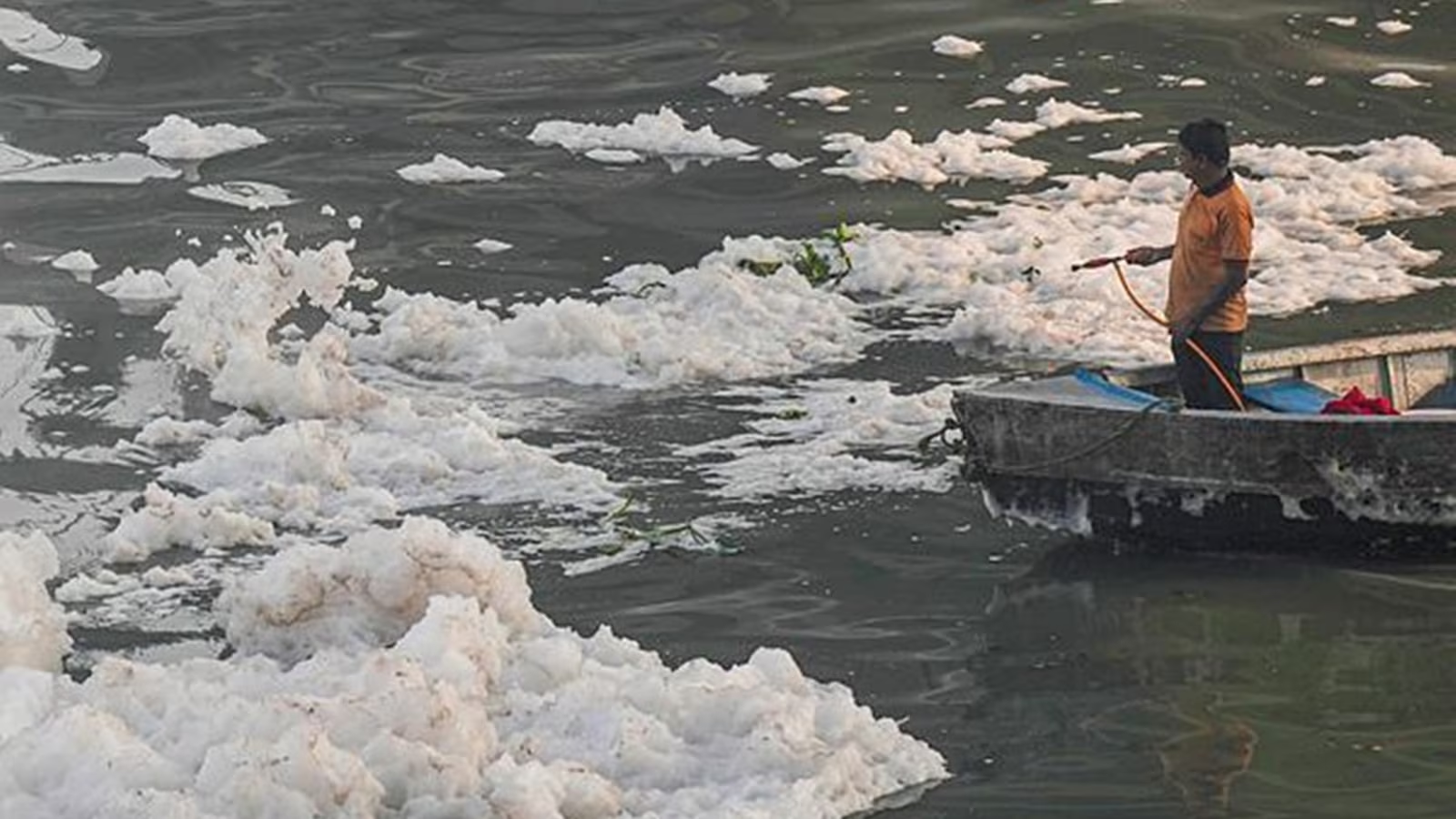
Environmental experts and residents have expressed concern that focusing on filtered water in a small section without addressing the overall pollution fails to solve the underlying problem. The toxic foam and polluted water in other parts of the river continue to pose health risks during such large religious gatherings.
Chhath Puja, a four-day festival, involves devotees offering prayers to the setting and rising sun while standing in the river. The festival holds deep emotional and religious value for millions. Ideally, it calls for a genuinely clean and healthy Yamuna, which is still a challenge due to decades of pollution from untreated sewage and industrial waste.
This controversy sheds light on the broader challenge governments face balancing cultural celebrations with environmental realities and political interests. Both AAP and BJP appear eager to show their commitment to the festival and the people, but the issue also points to the persistent failure to restore the Yamuna to a truly clean state.
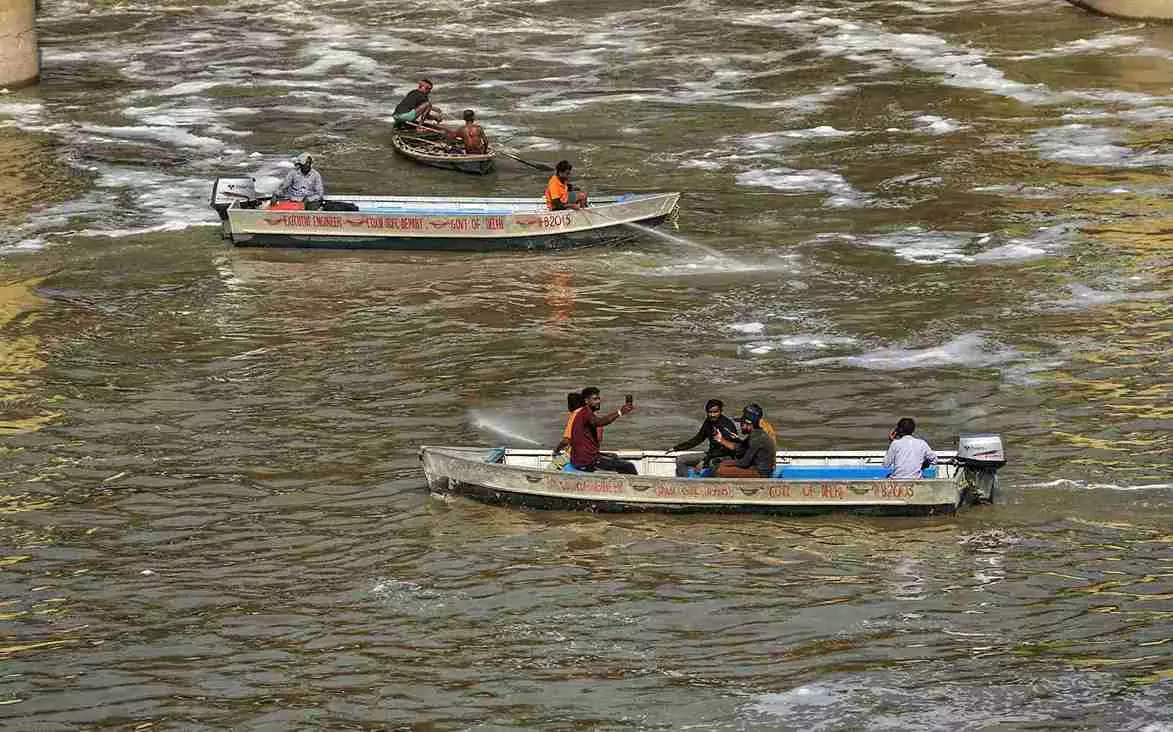
As the festival proceeds, many hope that beyond political claims and counterclaims, sustained ecological efforts will ensure that the Yamuna can safely host this sacred ritual every year, free from pollution and health hazards.
With inputs from agencies
Image Source: Multiple agencies
© Copyright 2025. All Rights Reserved. Powered by Vygr Media.

